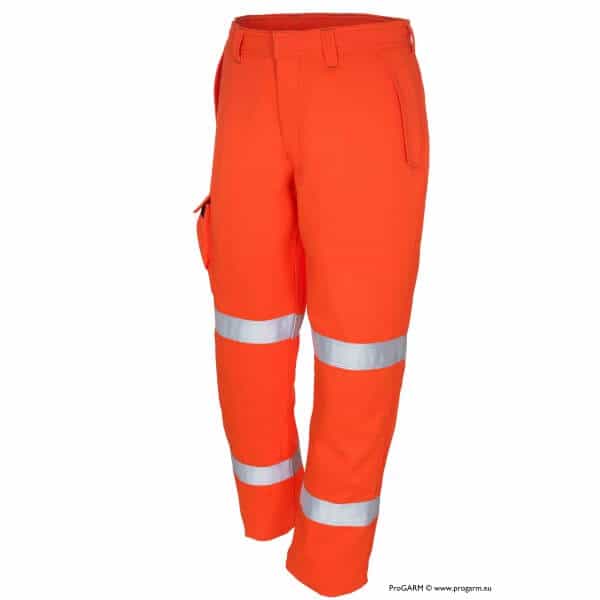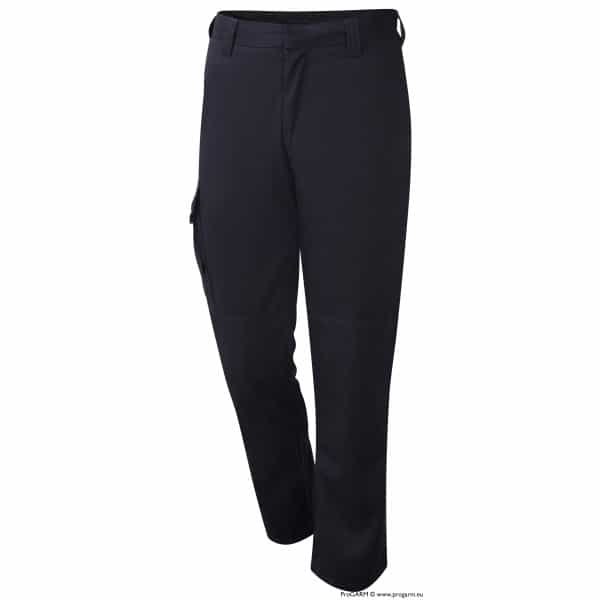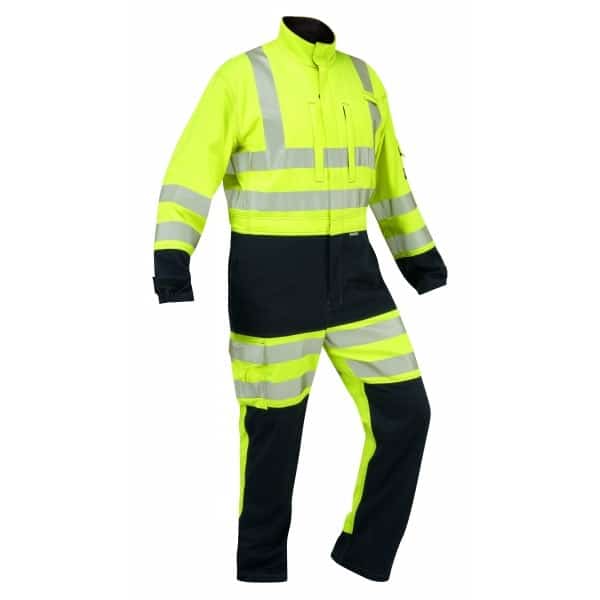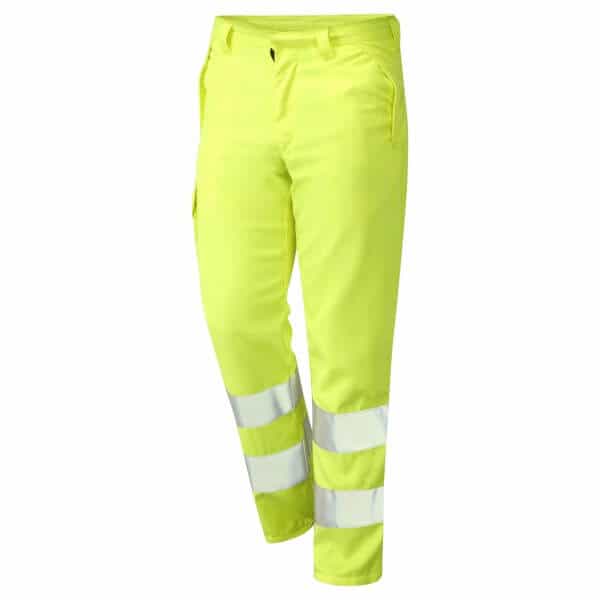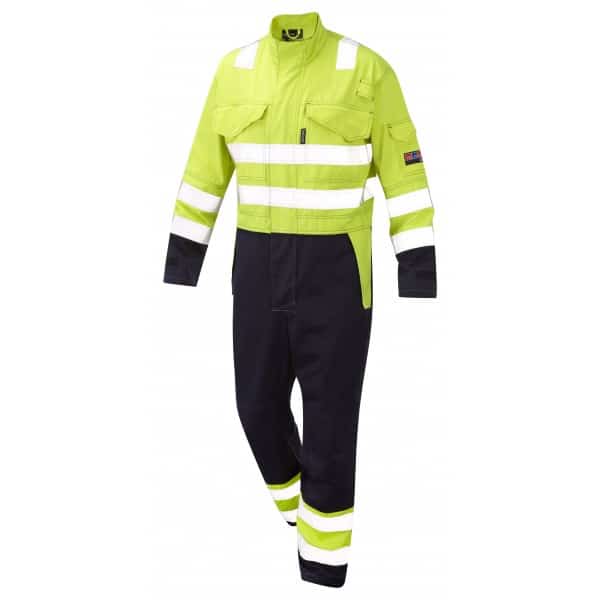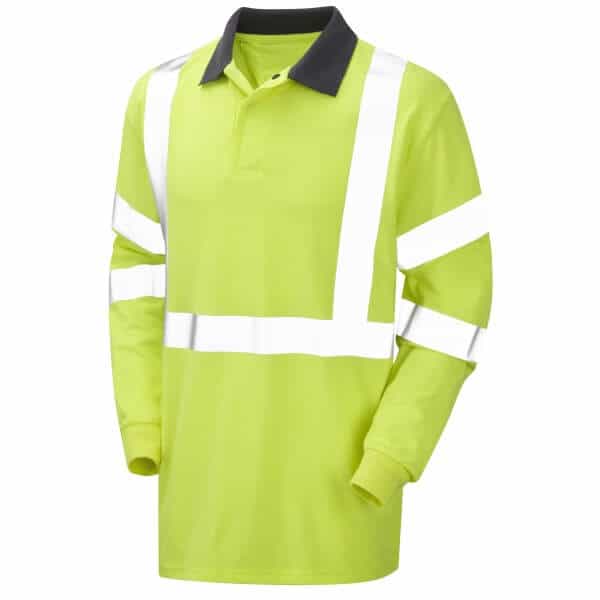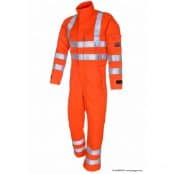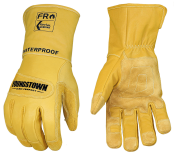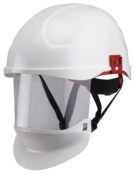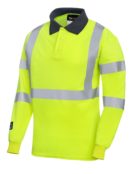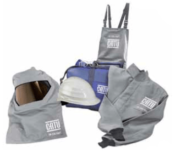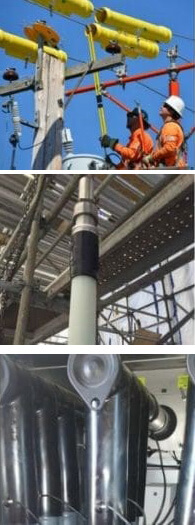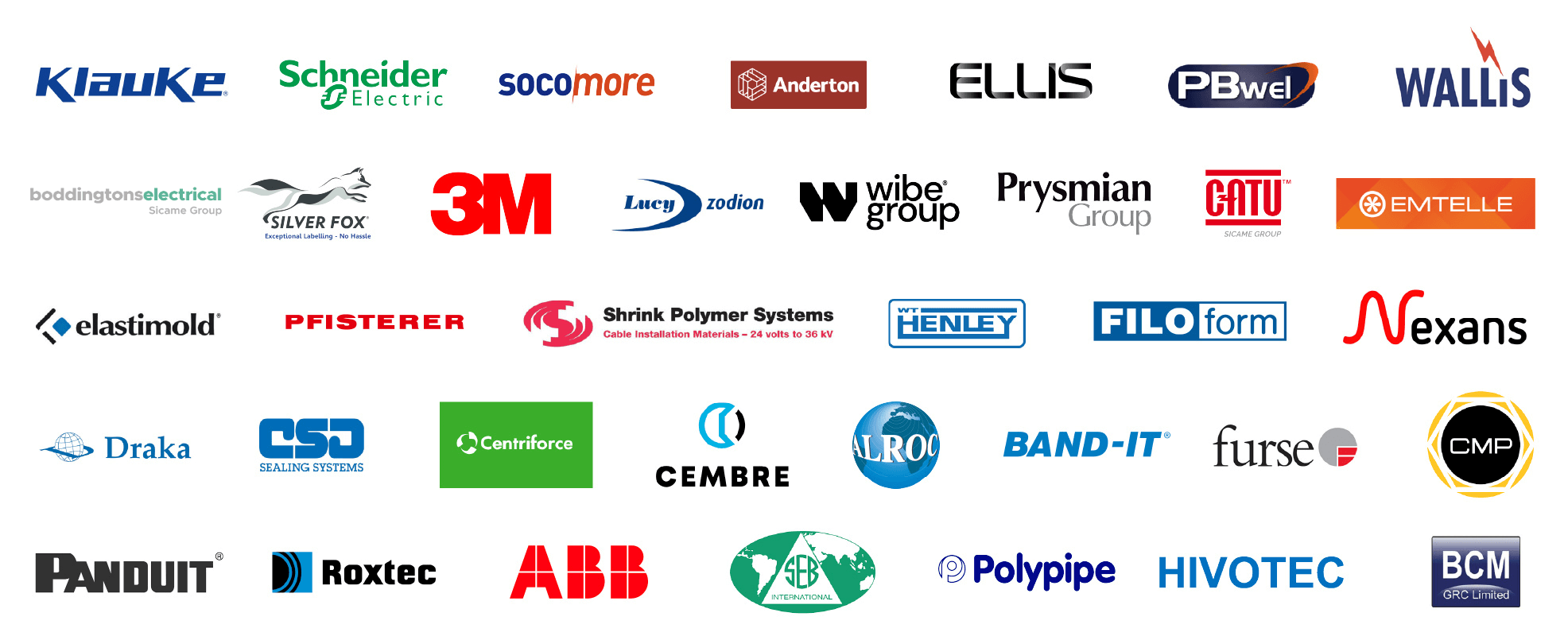Arc Flash Resistant? The Difference Between Flame Retardant & Arc Flash Resistant
Published 23 Sep 2021

Arc Flash Resistant
Vs Flame-Resistant Clothing
For many decades, flame-resistant clothing has helped to reduce the risk of severe burn injuries to workers. These types of garments are either made from treated cotton or, more often nowadays, self-extinguishing materials – both of which provide managers with a reliable option for keeping their teams safe when selecting arc flash resistant or flame-resistant clothing.
However, while most health and safety professionals are confident about fire and electrical safety protection, they may be less knowledgeable about the dangers posed by an arc flash incident.
Contrary to popular belief, flame-retardant PPE can’t protect against burns in an arc flash incident, as these burns aren’t caused by fire, but by thermal energy. This means that protecting a team against an arc flash incident requires more specialist garments.

This image shows the jacket worn by Jason Brozen when he was subjected to an arc flash incident. Read his story | Arc Flash Survivor Story
What is an arc flash?
Hotter than the sun and louder than a bullet being shot, an arc flash is when an arcing fault releases dangerous levels of radiant energy, which vaporises metal that spews from the arc. The air is super-heated, causing pressure waves that can throw individuals across rooms and create deadly molten shrapnel. They can be caused by voltage spikes, worn connections, cable strikes or gaps in insulation, and are a risk even in low-voltage setups.
Treatment for those that survive an arc flash incident can require years of skin grafts, hospital stays and rehabilitation – and they may never recover sufficiently to regain their lifestyle. So, it’s safe to say that choosing the appropriate PPE is key when it comes to arc flash safety.
How is FR different from AF?
Flame Retardant & Arc Flash Resistant
Unfortunately, although flame-resistant clothing meets acceptable industry standards for the risks associated with fires, unless they are specifically designed and certified, they are not designed also to withstand an arc flash incident.
There are, in fact, separate safety standards for arc flash clothing, which go further than the ones for fire resistance. This means that the level of protection provided by FR clothing does not match that of arc-resistant PPE. Indeed, the fabric used in arc-resistant garments must meet higher tear resistance and tensile strength than those used for fire-resistant clothing.
This is because arc flash-protective clothing is designed not only to protect operatives from fire, but from the thermal energy generated by an arc flash, which can also cause external and internal burns.
While the threads used for the structural seams must be fire resistant, under IEC 61482, arc flash-resistant clothing has various standards that separate it from fire-resistant clothing. Each arc-resistant garment must be designed in a way to allow the wearer to remove the item quickly, must always have long sleeves rather than short sleeves, and feature no exposed metal.
However, it is not just the fabric that needs to be arc flash resistant; to provide the ultimate protection, every stitch, button, popper, zip and press-stud in a garment should be flame resistant, in order to provide enhanced and effective arc flash protection, as well as durability.
When searching for appropriate arc flash PPE, safety experts should keep their eyes peeled for SafetyICON marking or equivalent, which allows workers to see what type of protection they offer, as well as suitable, arc-resistant components, which have been safety approved and tested to withstand an arc flash incident.
Further Reading
Arc Flash Clothing Standards | EN Standards for Arc Flash Protection
Arc Flash Clothing – PPE To Protect Highways, Street Lighting & Utility Contractors
Arc Workwear Saves Lives | Watch Mitchell’s Story
Clothing & Garments
Protecting Workers Against the Dangers of Arc Flash
Thorne & Derrick stock and supply the most extensive range of Arc Flash PPE, Clothing & Protective Garments – should you require any further information, sample garments for field test and trial or a quotation please do not hesitate to contact us.
Thorne & Derrick International supply arc flash clothing and protection equipment including coveralls, gloves, helmets, face shields and general head-to-toe PPE is used to protect against flashover – complete range of insulating matting is also available for worker protection when exposed to energised electrical switchgear and transformers.
Typical applications include LV, HV & EHV cable jointing and terminating, fuse pulling, switchgear commissioning, racking circuit breakers, electrical switching and live working on medium and high voltage electricity networks.
T&D are national distributors LV, MV & HV Cable Installation, Jointing, Substation & Electrical Equipment – we service UK and global businesses involved in cable installations, cable cleating, cable jointing, substation, overhead line and electrical construction at LV, 11kV, 33kV and EHV.
Since 1985, T&D have established an international reputation based onSERVICE | INTEGRITY | TRUST.

Electrical Safety Equipment & Cable Accessories for the Maintenance of Low, Medium & High Voltage Power Systems



